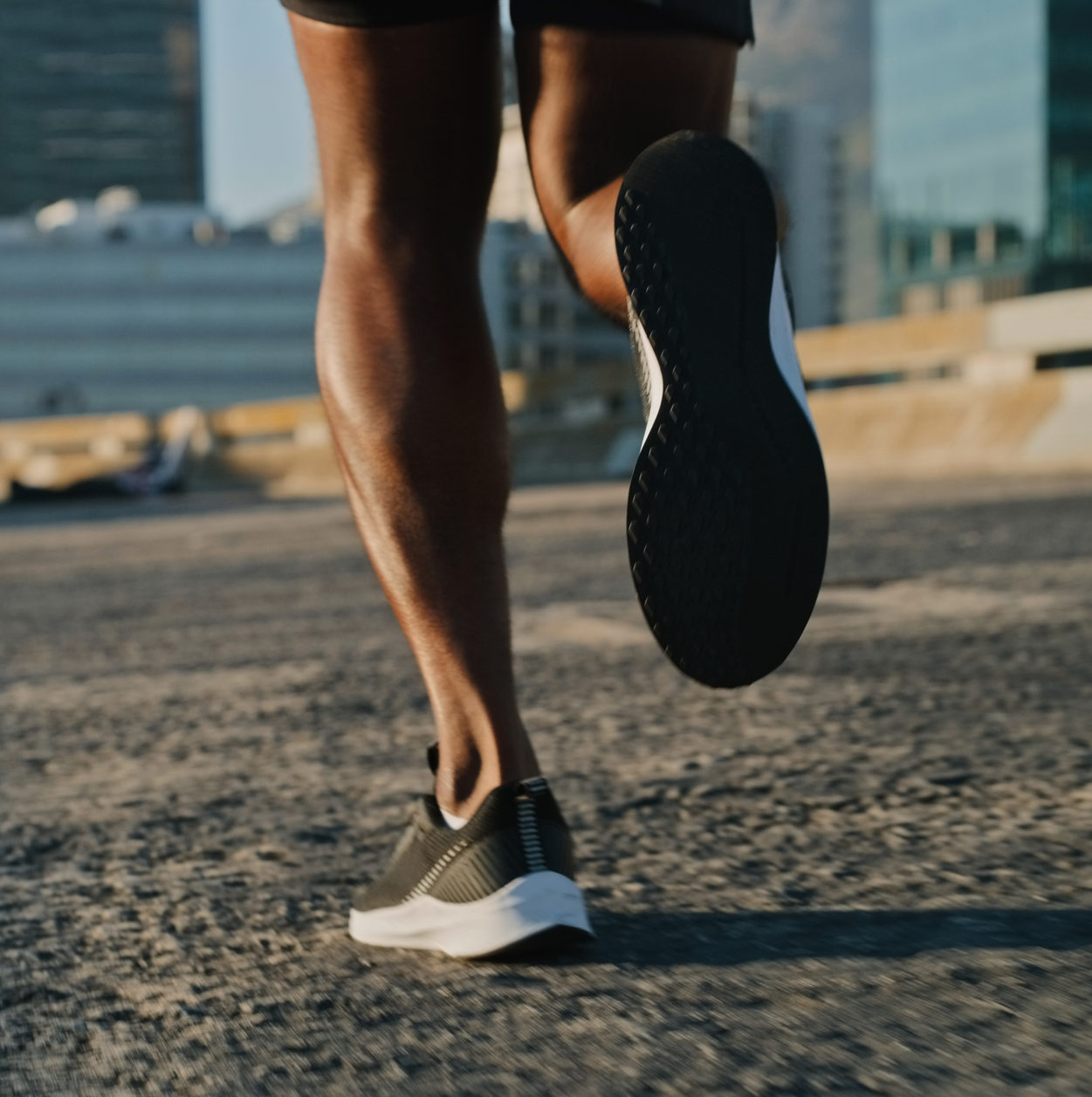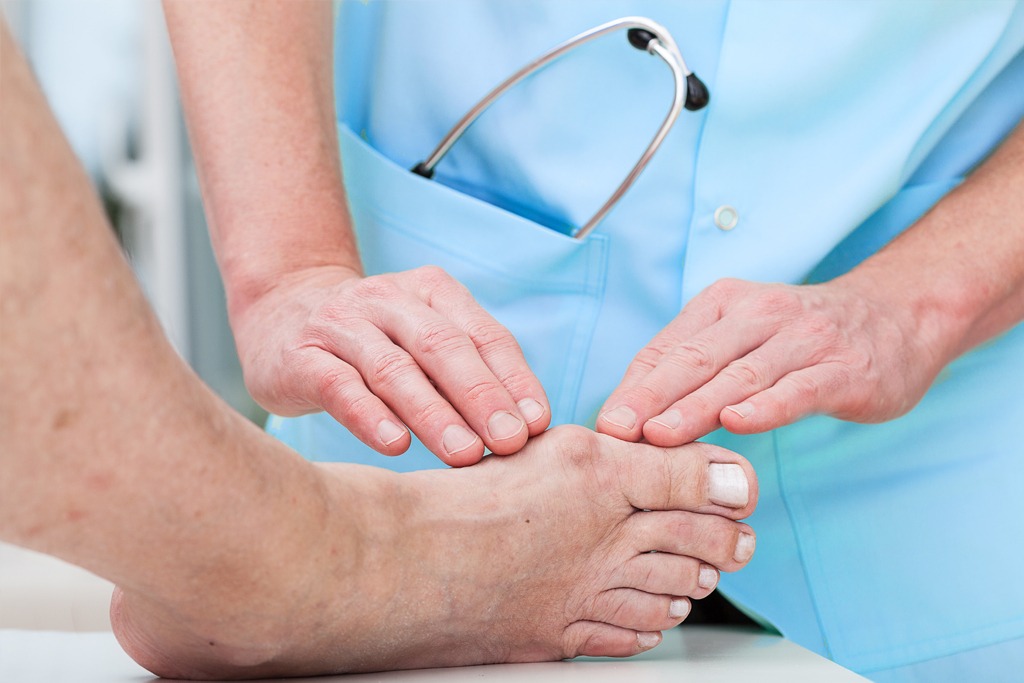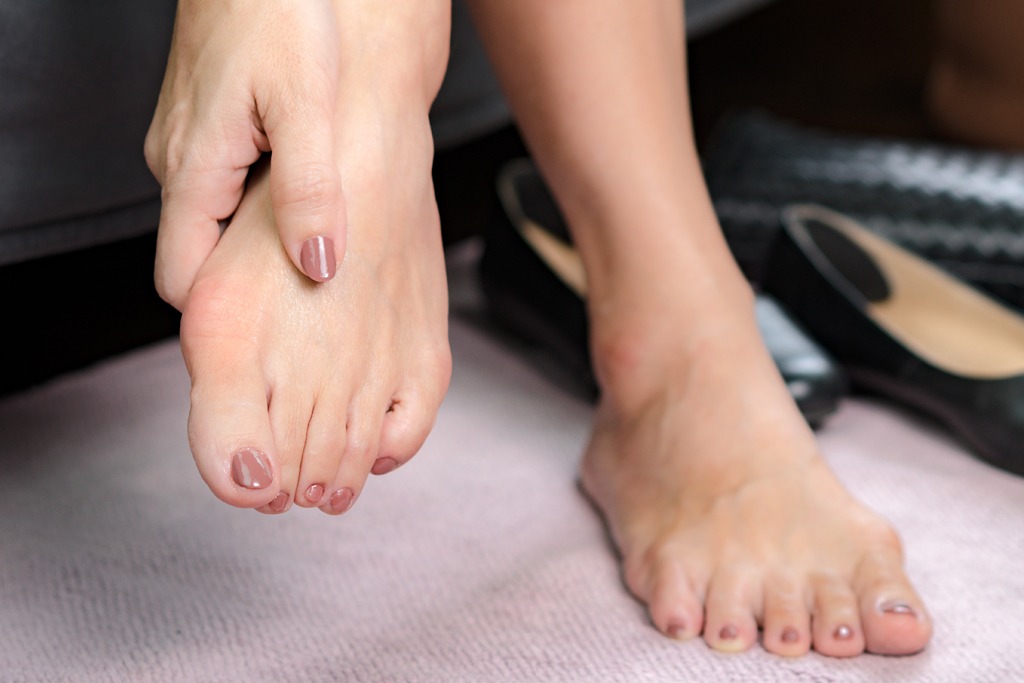
What is a Bunion?
A bunion is a bump that forms on the side of the foot near the big toe or the little toe at the metatarsal phalangeal joint. Due to the position of the bump, a bending of the big toe occurs, which may lead to crossing of the toes, or worse, a painful arthritis will form.
How Do Bunions Form?
Bunions typically become noticeable and painful in early adulthood between the ages of 20 and 40, and become more pronounced with age and activity. Usually bunions are caused by a genetic muscular imbalance and not by wearing improper shoes; however, improper shoes will make the bunion hurt. In most cases, bunions are hereditary and may occur with other foot problems (e.g., calluses, corns, long toes, or hammertoes). If your parents or grandparents had problems with bunions, you may likely get them as well.
Is There a Non-Surgical Treatment Approach for Bunions?
If your bunion is not painful or you catch it early in its development, a non-surgical or conservative treatment plan may be effective. This usually includes good supportive shoes with the addition of custom orthotics – a custom made arch support worn in your shoes. The orthotics will provide support to the structures of the foot (bones, muscles, and ligaments) and will balance your feet while walking.
By supporting the muscular imbalance of the foot, we may be able to slow the progression of the bunion deformity. Custom orthotics are used to reduce pain and slow or stop the progression of the bunion deformity. Orthotics will not correct the bunion, and no bracing or devices have been proven to correct bunions.
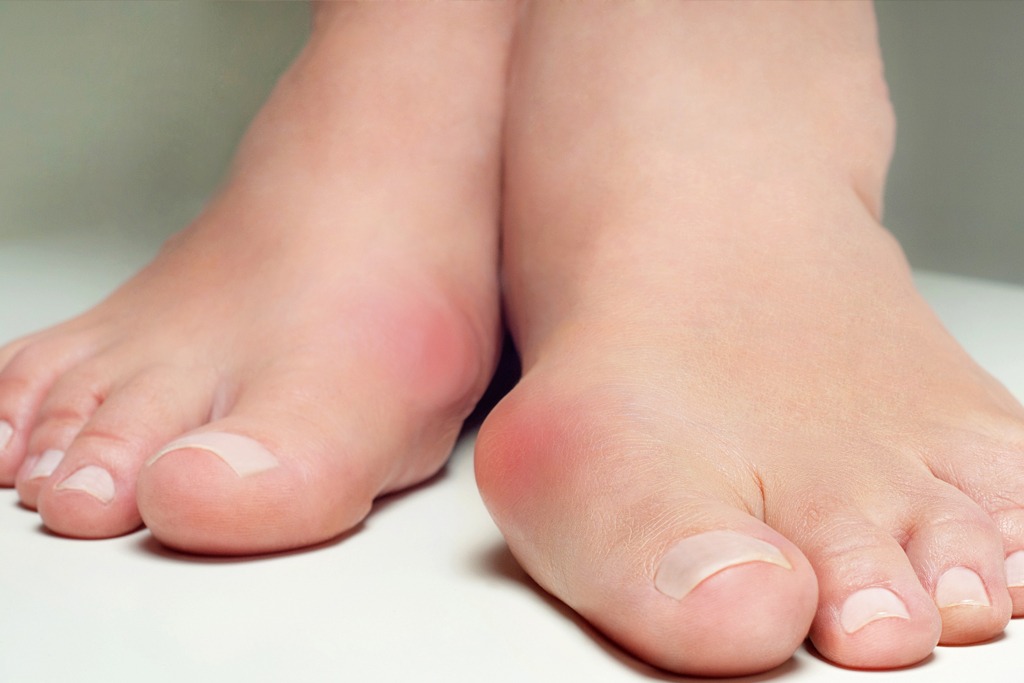
What Are Bunion Symptoms?
Patients with bunions might notice redness, swelling, pain and an angular protrusion at the side of the foot by the big toe. Crossing of the first and second toes may occur. Patients may also experience cramping in the foot and overall fatigue in the arch of the foot. The longer you leave a bunion untreated, the more harm it will cause. Arthritis may form in the joint and a deformation of the foot may follow, causing pain.

Are There Diagnostic Tests For Bunions?
Generally, X-rays of your feet and a physical exam are the only tests required. OIFC offers convenient, in-office X-rays that are immediately reviewed by Dr. Manson, with you.
Related Procedures
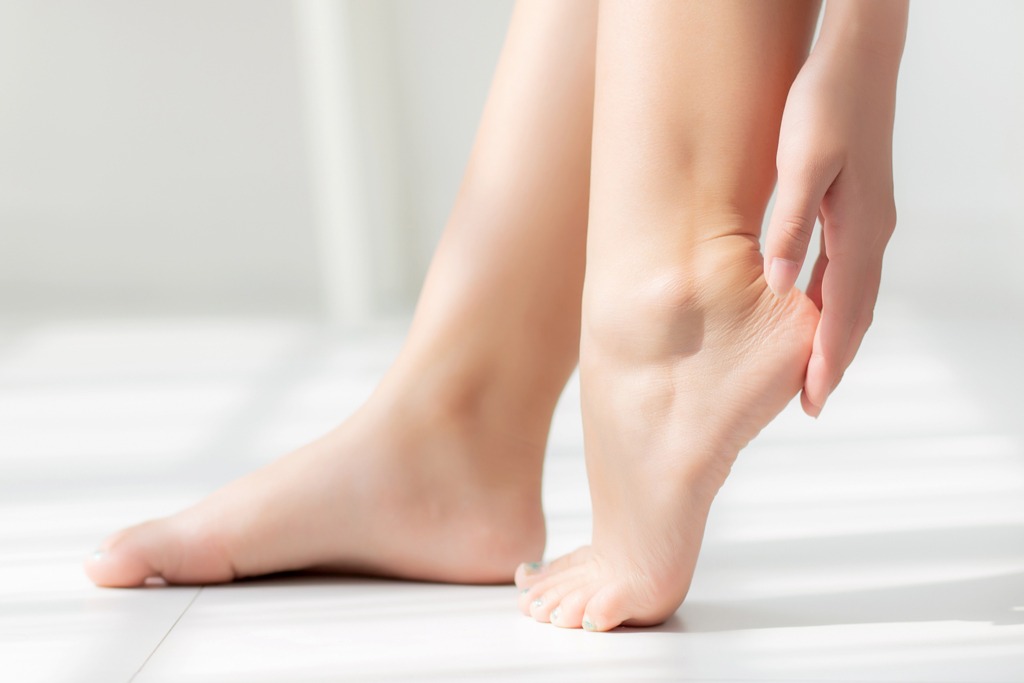
Heel Pain
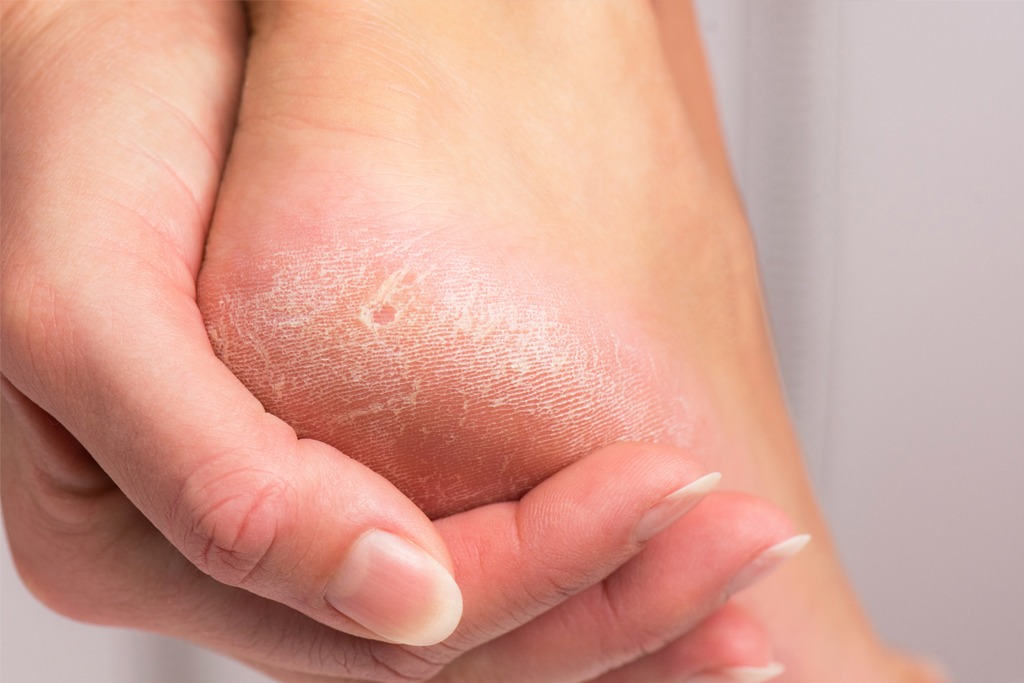
Skin Conditions
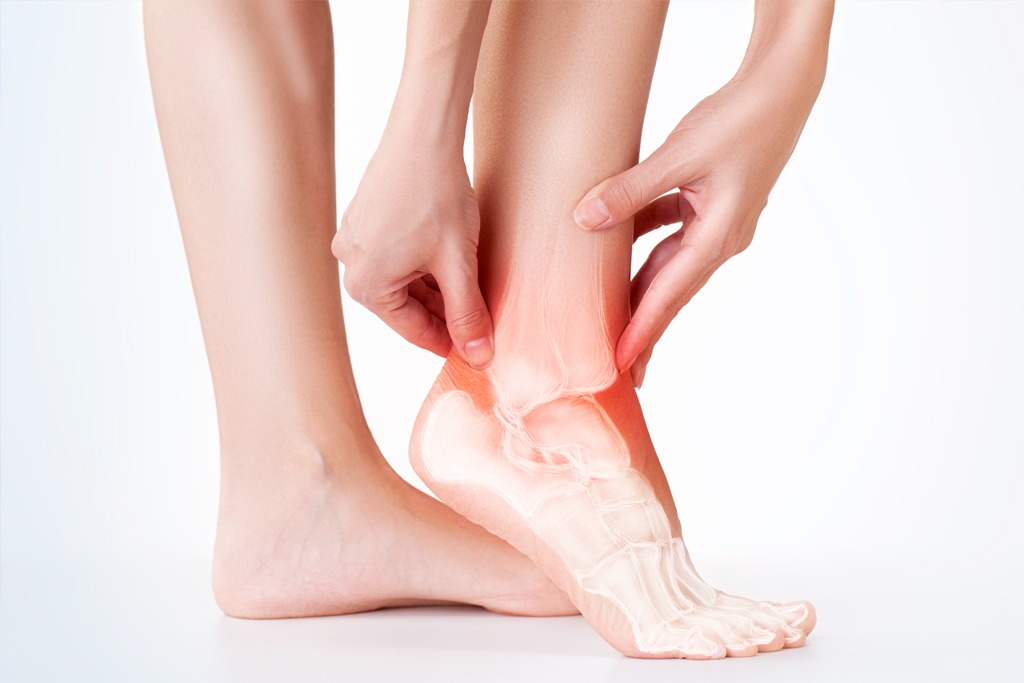
Ankle And Leg
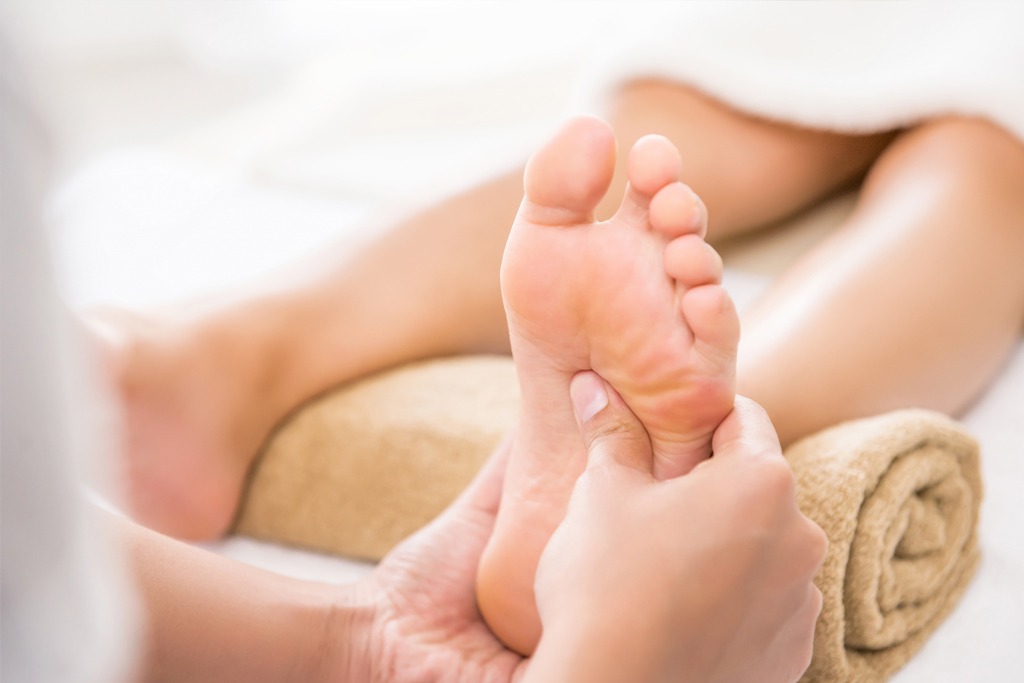
Arch Pain
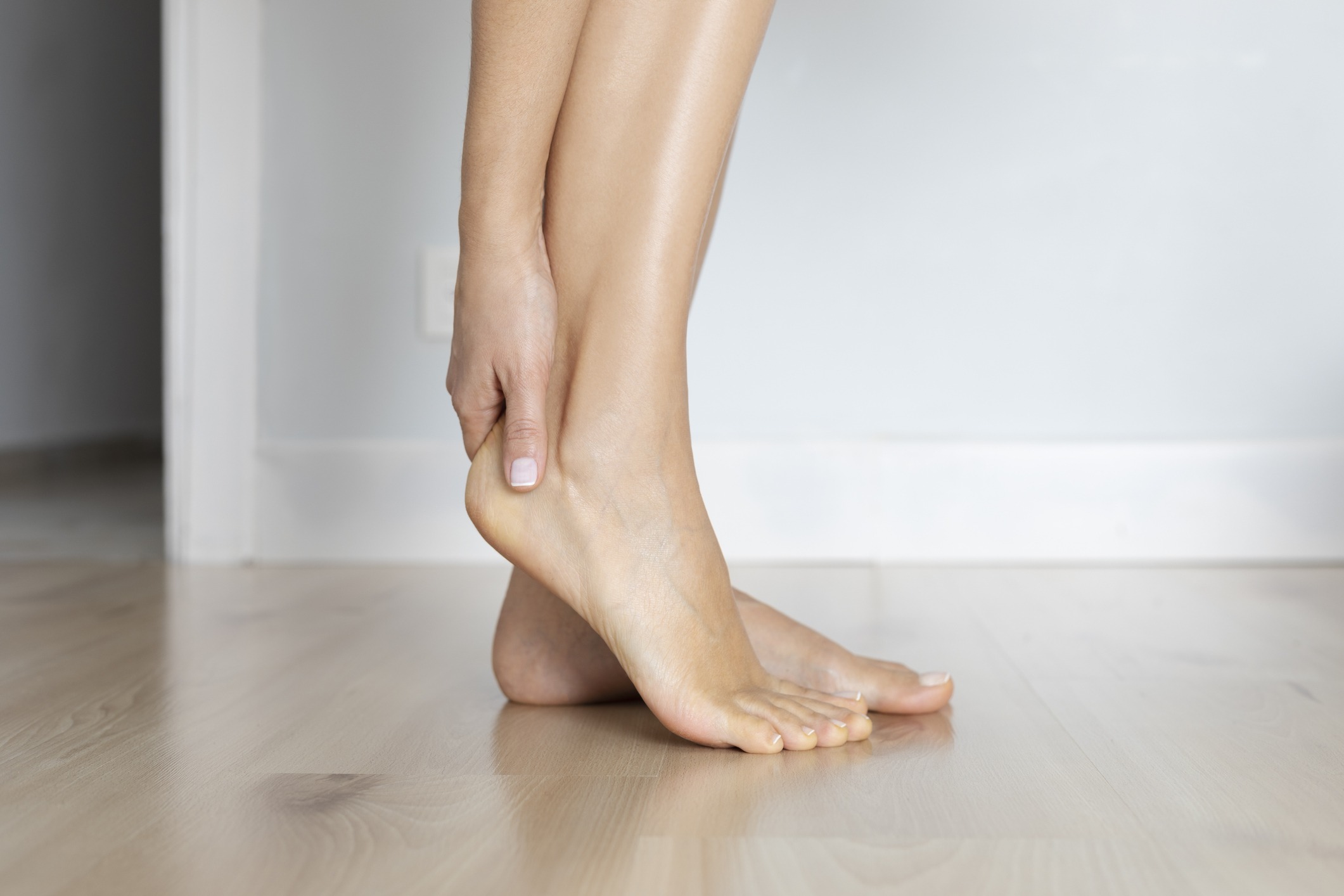
About
At Oregon Institute of Foot Care, we care about healthy, happy, beautiful feet. We strive to provide personalized foot care and achieve the outcomes, both functionally and cosmetically, that our patients desire. What sets OIFC apart is our dedication to providing the highest quality care available, utilizing the latest medical techniques and technologies, educating patients to make well-informed health care decisions, and restoring foot and ankle function as quickly and beautifully as possible. Our mission is to give you healthy, happy, beautiful feet.
About
